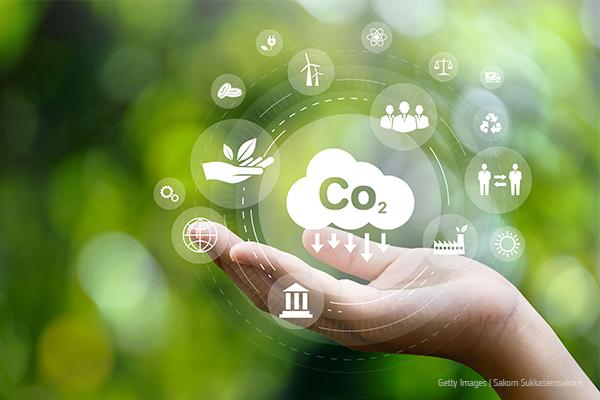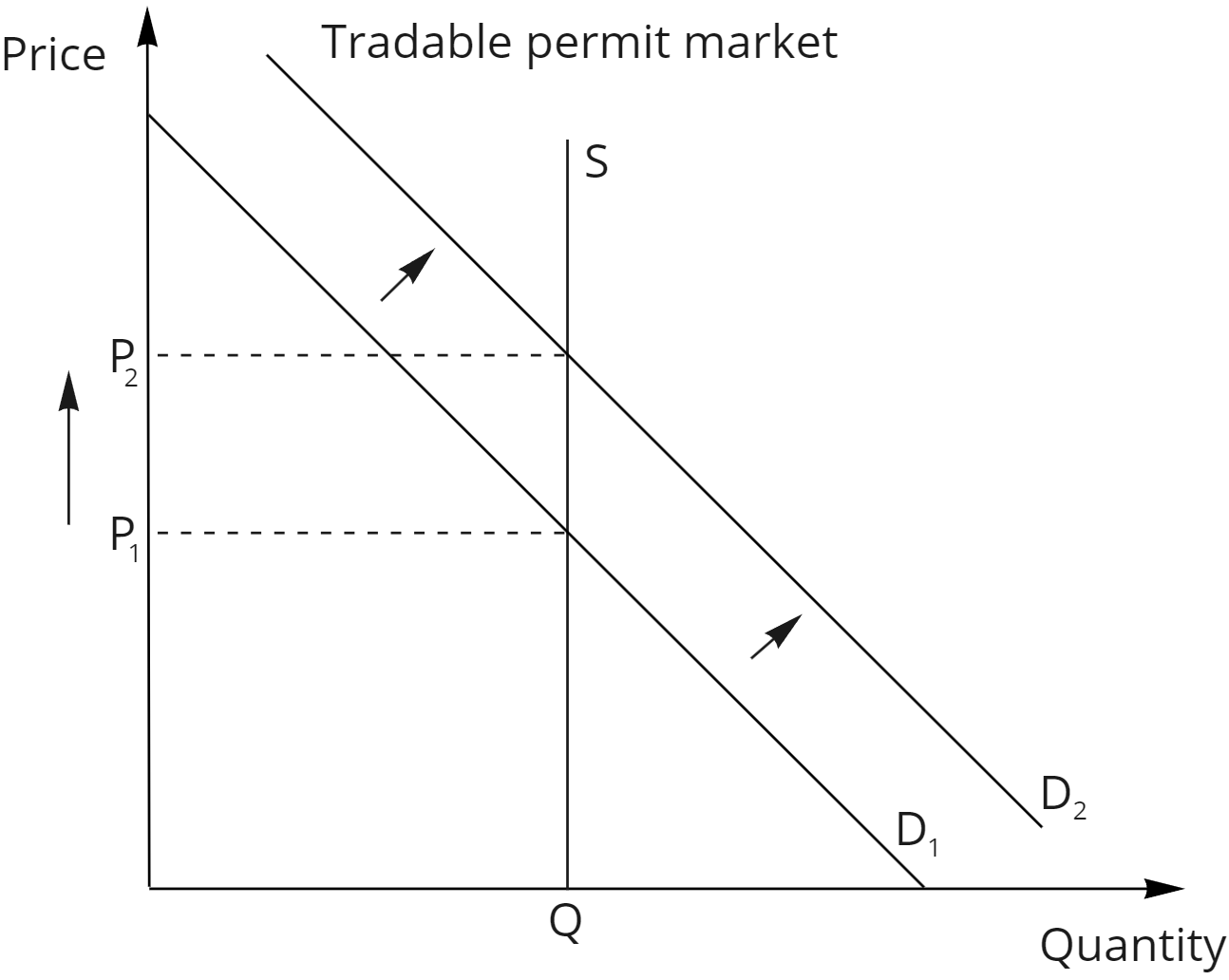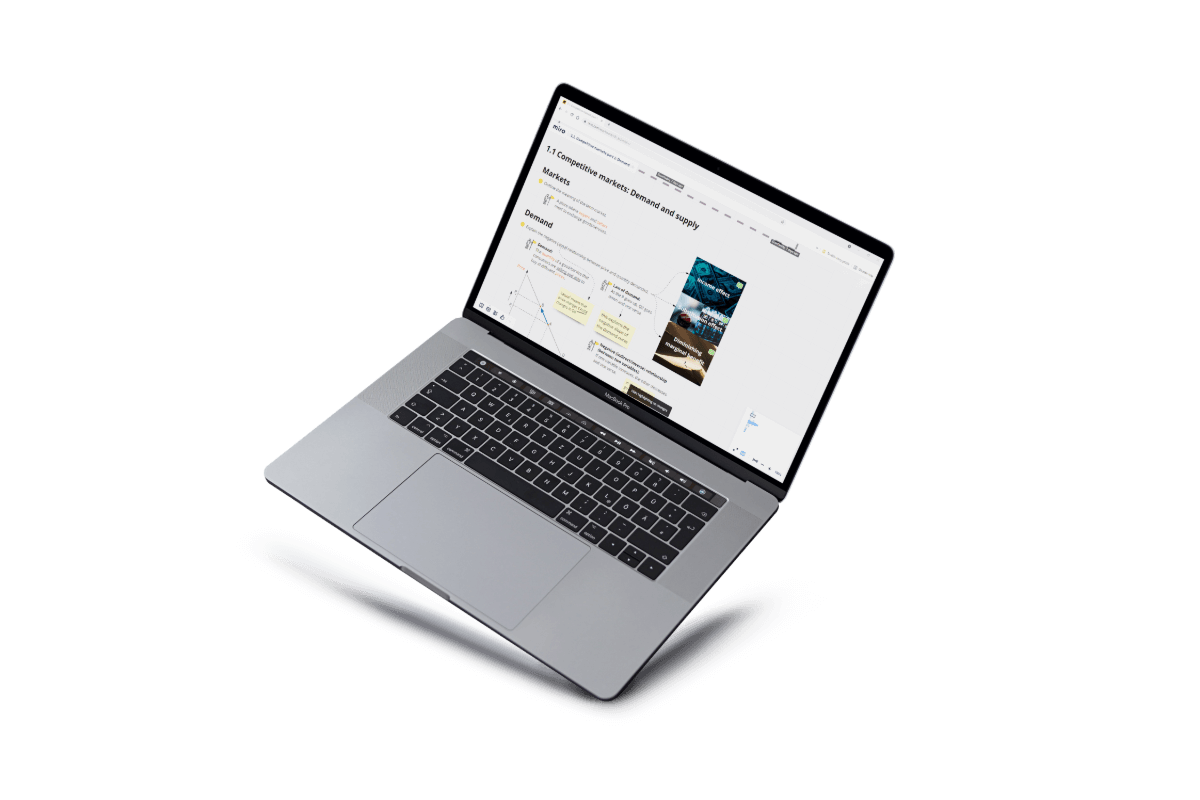 IB Economics Real-World Example: The European Union’s Emissions Trading System (ETS) – Tackling Carbon Emissions with Tradable Permits
IB Economics Real-World Example: The European Union’s Emissions Trading System (ETS) – Tackling Carbon Emissions with Tradable Permits
IB Economics Syllabus: Microeconomics (Tradable Permits)
Short Version:
The European Union’s Emissions Trading System (EU ETS) is a primary tool in the EU’s strategy to combat climate change. It operates as a ‘cap and trade’ system, setting a limit on greenhouse gas emissions and allowing companies to trade allowances. This system promotes firms to reduce their carbon emissions, with those emitting less selling their surplus permits and those exceeding their limit needing to buy more.
Detailed Version:
Introduction to the EU ETS:
The EU ETS stands as a foundational element of the EU’s policy against climate change. It represents the world’s first significant carbon market and remains the largest. The system’s primary goal is to reduce greenhouse gas emissions in a cost-effective manner.
Tradable Permits – The Mechanism:
The EU ETS operates on the ‘cap and trade’ principle. A cap is set on the total emissions allowed, and companies are given emission allowances. These allowances can be traded, creating a carbon market. This market mechanism incentivizes companies to reduce emissions, as those emitting less can profit by selling their surplus permits.
Diagram:
As the diagram below shows, when firms would like to pollute more, the demand for tradable permits rise. In turn, this increases the price of such permits, reducing their profitability, while overall market emissions remain unchanged as the supply of tradable permits is fixed. Hence firms have two incentives to reduce emissions: 1) they can sell of their excess permits for additional profits to other firms, and 2) increasing emissions would reduce their own profits due to the increased costs of buying additional permits.

Scope and Mechanism of the EU ETS:
The EU ETS covers specific countries, sectors, and gases. It aims to improve resilience to major shocks through the Market Stability Reserve. Every year, the emissions cap is reduced, ensuring a gradual decrease in total emissions.The system also incorporates the ‘polluter pays’ principle through auctioning.
Implications of the EU ETS:
The EU ETS has been instrumental in reducing Europe’s carbon emissions. By commodifying carbon, it has transformed environmental responsibility into a business opportunity. Companies now have a financial incentive to innovate and adopt sustainable technologies.
Challenges and Future Directions:
While the EU ETS has made significant strides, challenges persist. These include the oversupply of permits and price volatility. Addressing these challenges will be crucial for the system’s continued success and effectiveness.
In conclusion, the EU ETS exemplifies how market mechanisms can be leveraged to achieve environmental goals. As the global community confronts the urgent challenge of climate change, such innovative solutions will be indispensable.
Do you need a little boost with IB Economics?
Check out my IB Economics Revision Notes (Study Guide)
Or get personalized help from an examiner: check out private lessons.
Looking for more articles? Click here.
EconDaddy on TikTok!
If you would like to get useful exam tips, accurate definitions, solutions to exam questions, explanations, real-world examples, diagrams and more, stay tuned and hit that follow button!
Cheers!
@econdaddy Welcome to EconDaddy’s TikTok! I’m here to help you with all IB Economics related questions and to make you nail the exams! #econdaddy #ibeconomics #ibeconomicstutor #fyp ♬ Sunny Day - Ted Fresco





